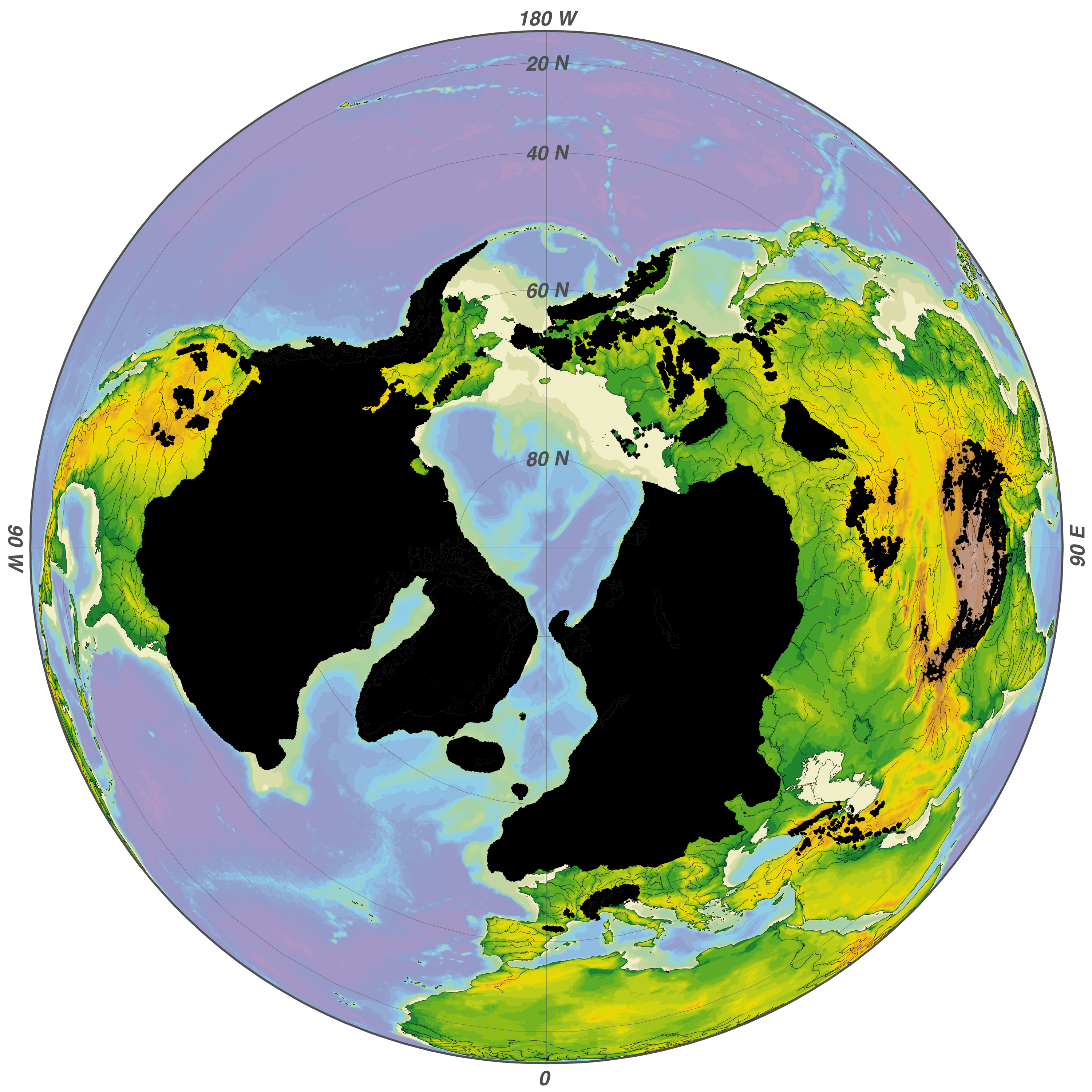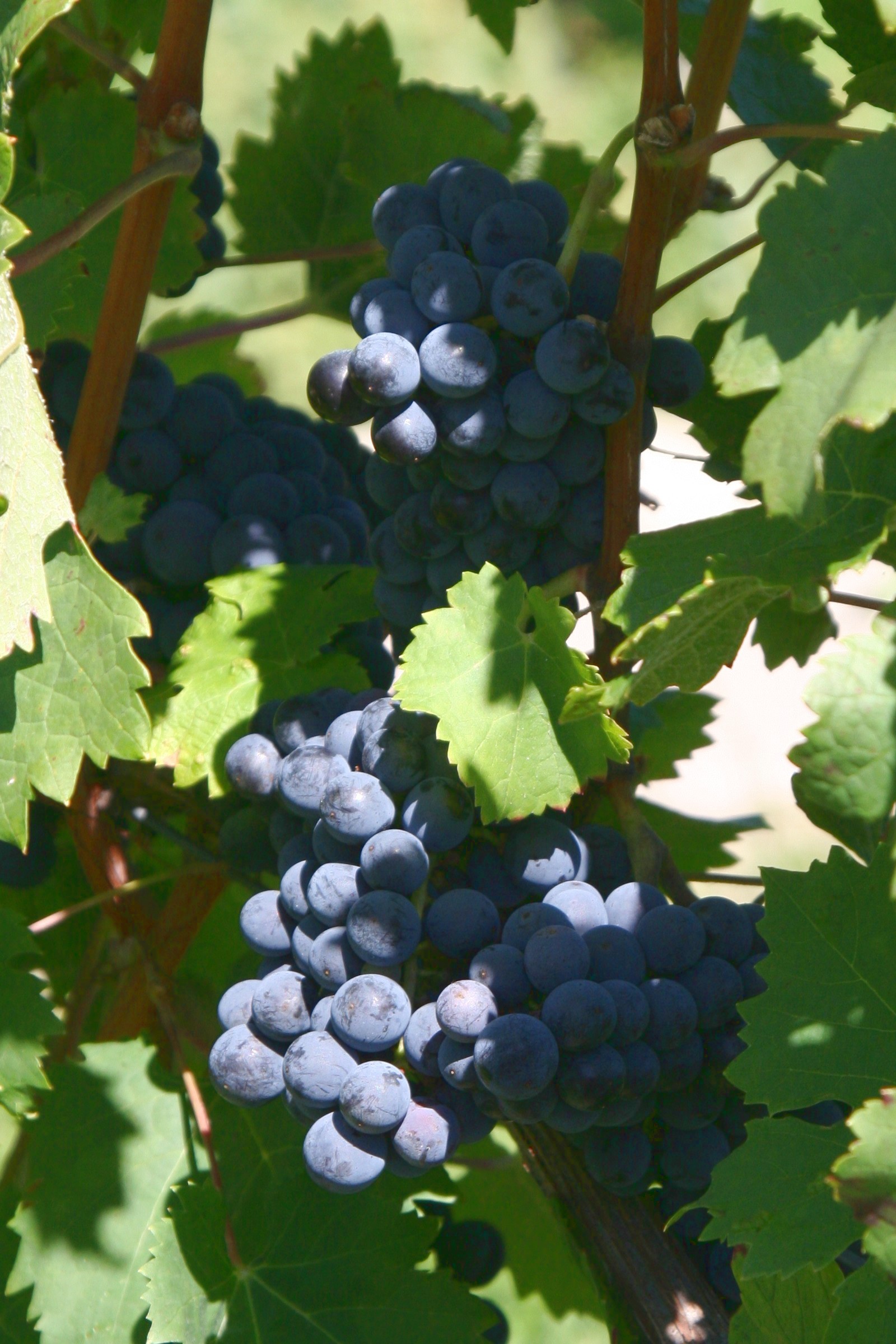|
Cachapoal Valley
Cachapoal River is tributary river of the Rapel River in Chile located in the Libertador General Bernardo O'Higgins Region. The river gives its name to the Cachapoal Province. Cachapoal Valley The valley takes its name from the Cachapoal River that flows through Rapel Valley along with its tributaries, the Claro and Cortaderal rivers. All these watercourses flow into Rapel Lake. Cachapoal River begun to incise in the rising Andes in the Miocene epoch. Later, as glaciers developed in the Andes the upper part of the valley was glaciated and reshaped into a glacial valley. The climate of the valley is temperate and consistently Mediterranean, sheltered by the coastal range from the cooling influences of the Pacific Ocean. Wine The northern half of the great Rapel Valley has traditionally been known for its red wines, particularly Carménère, Cabernet Sauvignon, and Merlot. These account for approximately 80% of the region's total production. The valley features diverse micr ... [...More Info...] [...Related Items...] OR: [Wikipedia] [Google] [Baidu] |
Rapel Lake
Rapel Lake (Spanish: ''Lago Rapel'' or ''Embalse Rapel'') is an artificial lake created by a dam on the Rapel River. It is located in the Libertador General Bernardo O'Higgins Region, Central Chile Chile, officially the Republic of Chile, is a country in the western part of South America. It is the southernmost country in the world, and the closest to Antarctica, occupying a long and narrow strip of land between the Andes to the eas .... The reservoir was created with the aim of feeding the Rapel Hydroelectric Plant. Sources Cuenca del río Rapel Lakes of O'Higgins Region Rapel {{O'Higgins-geo-stub ... [...More Info...] [...Related Items...] OR: [Wikipedia] [Google] [Baidu] |
Quaternary Glaciation
The Quaternary glaciation, also known as the Pleistocene glaciation, is an alternating series of glacial and interglacial periods during the Quaternary period that began 2.58 Ma (million years ago) and is ongoing. Although geologists describe this entire period up to the present as an " ice age", in popular culture this term usually refers to the most recent glacial period, or to the Pleistocene epoch in general. Since Earth still has polar ice sheets, geologists consider the Quaternary glaciation to be ongoing, though currently in an interglacial period. During the Quaternary glaciation, ice sheets appeared, expanding during glacial periods and contracting during interglacial periods. Since the end of the last glacial period, only the Antarctic and Greenland ice sheets have survived, with other sheets formed during glacial periods, such as the Laurentide Ice Sheet, having completely melted. The major effects of the Quaternary glaciation have been the continental erosio ... [...More Info...] [...Related Items...] OR: [Wikipedia] [Google] [Baidu] |
Andes
The Andes, Andes Mountains or Andean Mountains (; ) are the longest continental mountain range in the world, forming a continuous highland along the western edge of South America. The range is long, wide (widest between 18°S – 20°S latitude), and has an average height of about . The Andes extend from north to south through seven South American countries: Venezuela, Colombia, Ecuador, Peru, Bolivia, Chile, and Argentina. Along their length, the Andes are split into several ranges, separated by intermediate depressions. The Andes are the location of several high plateaus—some of which host major cities such as Quito, Bogotá, Cali, Arequipa, Medellín, Bucaramanga, Sucre, Mérida, El Alto and La Paz. The Altiplano plateau is the world's second-highest after the Tibetan plateau. These ranges are in turn grouped into three major divisions based on climate: the Tropical Andes, the Dry Andes, and the Wet Andes. The Andes Mountains are the highest mountain ra ... [...More Info...] [...Related Items...] OR: [Wikipedia] [Google] [Baidu] |
Merlot
Merlot is a dark blue–colored wine grape variety, that is used as both a blending grape and for varietal wines. The name ''Merlot'' is thought to be a diminutive of ''merle'', the French name for the blackbird, probably a reference to the color of the grape. Its softness and "fleshiness," combined with its earlier ripening, make Merlot a popular grape for blending with the sterner, later-ripening Cabernet Sauvignon, which tends to be higher in tannin. Along with Cabernet Sauvignon, Cabernet Franc, Malbec and Petit Verdot, Merlot is one of the primary grapes used in Bordeaux wine, and it is the most widely planted grape in the Bordeaux wine regions. Merlot is also one of the most popular red wine varietals in many markets. This flexibility has helped to make it one of the world's most planted grape varieties. As of 2004, Merlot was estimated to be the third most grown variety at globally.J. Robinson (ed) ''The Oxford Companion to Wine'' Third Edition, Oxford Uni ... [...More Info...] [...Related Items...] OR: [Wikipedia] [Google] [Baidu] |
Cabernet Sauvignon
Cabernet Sauvignon () is one of the world's most widely recognized red wine grape varieties. It is grown in nearly every major wine producing country among a diverse spectrum of climates from Australia and British Columbia, Canada to Lebanon's Beqaa Valley. Cabernet Sauvignon became internationally recognized through its prominence in Bordeaux wines, where it is often blended with Merlot and Cabernet Franc. From France and Spain, the grape spread across Europe and to the New World where it found new homes in places like California's Santa Cruz Mountains, Paso Robles, Napa Valley, New Zealand's Hawke's Bay, South Africa's Stellenbosch region, Australia's Margaret River, McLaren Vale and Coonawarra regions, and Chile's Maipo Valley and Colchagua. For most of the 20th century, it was the world's most widely planted premium red wine grape until it was surpassed by Merlot in the 1990s. However, by 2015, Cabernet Sauvignon had once again become the most widely plante ... [...More Info...] [...Related Items...] OR: [Wikipedia] [Google] [Baidu] |
Carménère The Carménère grape is a wine grape variety originally planted in the Médoc region of Bordeaux, France, where it was used to produce deep red wines and occasionally used for blending purposes in the same manner as Petit Verdot. A member of the Cabernet family of grapes, the name "Carménère" originates from the French word for crimson (''carmin'') which refers to the brilliant crimson colour of the autumn foliage prior to leaf-fall. The grape is also known as ''Grande Vidure'', a historic Bordeaux synonym, although current European Union regulations prohibit imports under this name into the European Union. Along with Cabernet Sauvignon, Cabernet Franc, Merlot, Malbec and Petit Verdot, Carménère is considered one of the original six red grapes of Bordeaux.MSNBC,''Wine: A glassful of smoke an ... |

.jpg)
